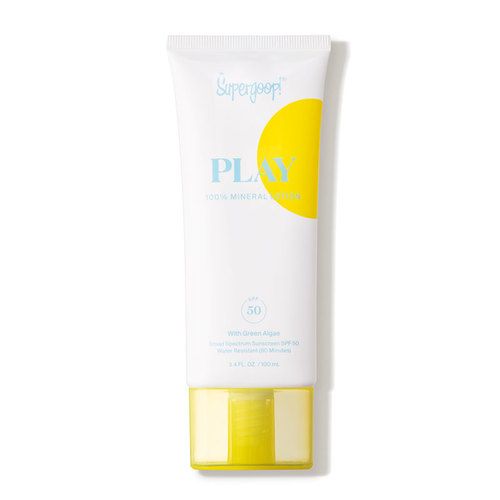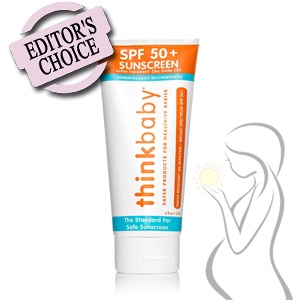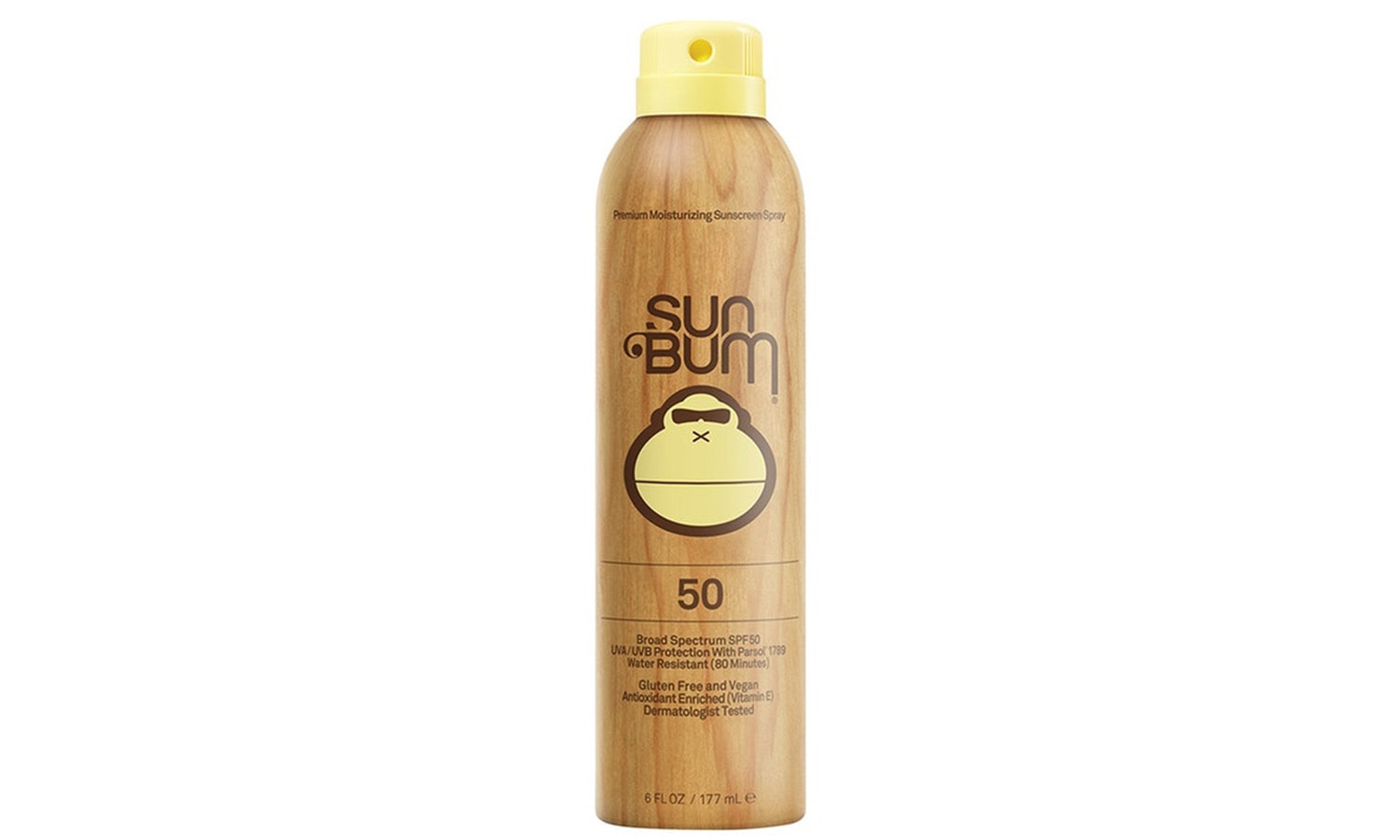
“It’s my favorite topical acne treatment to use during pregnancy and breastfeeding,” she says. Park says azelaic acid makes a fantastic substitute for retinols. So how should pregnant women address acne if many go-to products contain retinoids and salicylic acids (another ingredient to avoid during pregnancy)? All eight of our experts recommend using azelaic acid, a topical also used to treat rosacea, that works by killing bacteria found in pores and decreasing the body’s production of keratin. “Used in conjunction with sunscreen” - more on that below - “vitamin C not only has properties that boost collagen production and has a retinoid-like effect but also works as an antioxidant that helps fight sun damage,” Park explains.Īctive ingredients: Azelaic acid | Price point: 1 ounce ($11.10/ounce) Michelle Park of Washington Square Dermatology. Vitamin C is an effective ingredient that can also take the place of retinoids when it comes to treating dark spots and general skin-tone issues while pregnant or breastfeeding, according to Waldman and Dr. Instead, the dermatologists we spoke to recommend using milder acids like azelaic and glycolic, which are more gentle and generally safe. I generally recommend not using it when breastfeeding.” According to Waldman, “There are no data studying it in lactating mothers and in breast milk, so it’s kind of one of those unknowns. But I generally say avoid it during all of pregnancy.” If you’re planning on breastfeeding, the data is less clear, but the dermatologists we spoke to generally agree that it’s best to avoid oral or topical retinoids and retinols during lactation, too. “Even though most of the studies were done when the medication is taken orally, we believe that it is absolutely contraindicated to use any cream or lotion with those ingredients, at least during the first trimester. Abigail Waldman of Mohs and Dermatologic Center at Brigham and Women’s Hospital.

“Those molecules have pretty good data showing that they can affect embryo development in the first trimester,” says Dr. Unfortunately, retinoids (and retinols), the vitamin A–derived ingredient that works wonders on both acne and fine lines by promoting skin-cell turnover, are considered unsafe to use during pregnancy. Jennifer MacGregor of Union Square Dermatology says that it’s best practice to “get a recommendation from your dermatologist and check with your OB before trying to conceive or as soon as you find out you are pregnant.” The same goes for once the baby has arrived: If you have any questions about the safety of any new product, speak to your doctor and pediatrician before trying it.

To help you navigate what is already a stressful time, we spoke to 14 dermatologists about what ingredients to absolutely avoid during pregnancy (and breastfeeding), alternative ingredients to look for, and the best products expectant mothers can use to tackle problems like acne, dry skin, dark spots, and more. But the data on lactating mothers is limited, so it can be confusing to know exactly what is or isn’t safe to use while breastfeeding.
#Best tinted sunscreen for pregnancy skin#
What’s more, some of these ingredients should still be avoided even after giving birth - especially if you’re breastfeeding, since topicals like retinoids can be absorbed into the skin then excreted into breast milk or simply transferred to a baby’s skin upon contact. This, understandably, can come as bad news to moms-to-be with acne and other skin conditions that pregnancy can often make even worse.

That’s because certain skin-care ingredients - like prescription retinoids, over-the-counter retinols, hydroquinone, benzoyl peroxide, and salicylic acid, to name a few - are not safe during pregnancy, says Dr. Just as you may be advised to avoid certain foods and activities during pregnancy, there might be steps in your skin-care routine that will need to be paused, too.


 0 kommentar(er)
0 kommentar(er)
